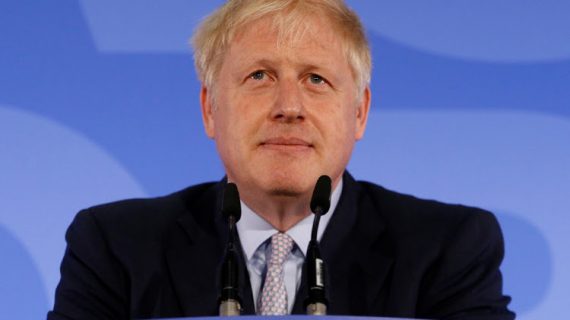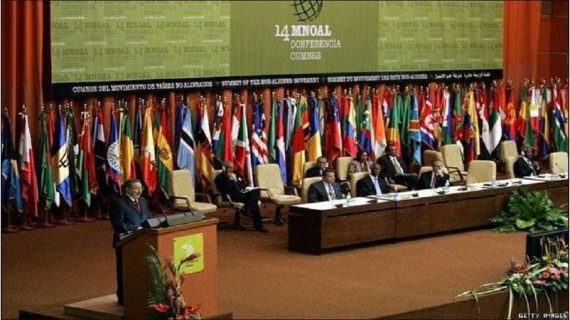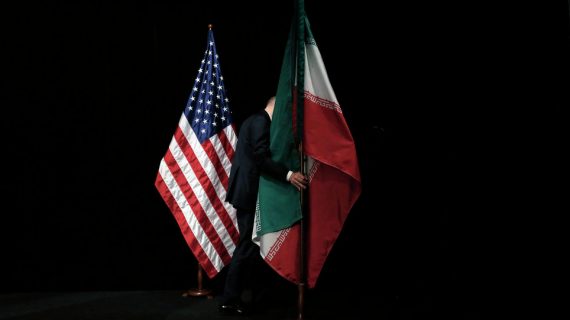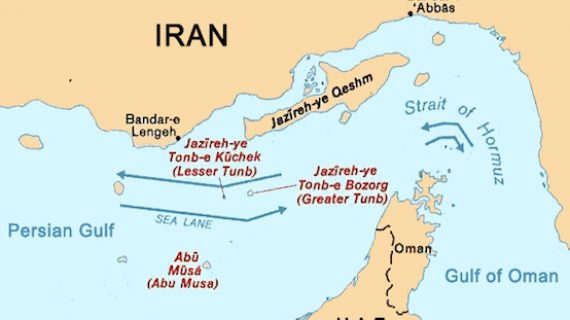Iranian Merchants’ Forex Purchase Orders Double
Besides the increase in purchase orders, the government has also paid special attention to essential goods for public consumption
Statistics indicate the success of the government’s forex strategy after the US withdrawal from Iran’s nuclear deal
Reported by HPMM Group according to FINANCIAL TRIBUNE ; Purchase orders by merchants from the start of the current Iranian year (March 21) until May 16 has doubled compared with the corresponding period of last year, the vice president for administrative and recruitment affairs said.
According to Jamshid Ansari, purchase orders during the period have been worth $9.8 billion, marking a twofold increase from the previous year.
“Besides the rise in purchase orders, the government has also paid special attention to essential goods for public consumption and this year more than $1.7 billion have been allocated for such goods,” Ansari was also quoted as saying by IBENA.
After the unification of the US dollar’s exchange rate on April 9, the government has capped the amount for essential goods allocation with subsidized rates at 30 trillion rials ($714 million).
The list of essential goods includes medicine, corn, oilseeds, cattle and poultry vaccines, livestock and pesticides.
Paper, raw material for paper and milk powder are other goods that will receive the greenback at the rate of 42,000 rials.
The government has announced that it unified the exchange rate for the US dollar in response to the sharp plunge in Iranian rial in the recent past. It has assured the public that the US dollar for defined purposes, including imports, travel, students and research projects, will be offered by the government at the exchange rate of 42,000 rials.
The official said these figures indicate the success of the government’s forex strategy after US President Donald Trump’s unilateral withdrawal from the Iran nuclear deal on May 8.
The Joint Comprehensive Plan of Action (the formal name of the nuclear deal) curbed Iran’s nuclear activities in return for the lifting of sanctions that had been imposed by the UN, the US and the European Union.
The government decided to unify the dollar’s exchange rate at 42,000 rials on April 9 in the wake of a sharp slide in the value of rial.
The announcement was later followed by other measures approved by the Cabinet and subsequently notified by CBI.
The central bank launched Nima to track all forex transactions involving banks, exchange houses, importers and exporters in real time.
CBI Governor Valiollah Seif later said recent decisions taken by the government regarding the foreign exchange market are aimed at immunizing the economy from “enemies’ propaganda”, particularly those coming out of the US.
Ansari said that after the US pullout from JCPOA, no particular problem has emerged in the economy, adding that any difficulty emanating from this would be overcome with the help of public solidarity.
“One day the whole world was against us, but today despite the US threats, the world is beside us,” he said.
According to media reports, the EU is to begin reviving legislation that will allow European companies to continue doing business with Iran, despite US sanctions.
The so-called “Blocking Statute” was introduced in 1996 to circumvent US sanctions on Cuba but was never used.
On Friday, the EU will begin redrafting and preparing the legislation so it applies to the latest Iran sanctions.
It will prohibit European companies from complying with the penalties and permit compensation for affected firms.
Forex Heat Subsides
Mohammad Reza Pour-Ebrahimi, chairman of Majlis Economic Commission, told IBENA on Friday that the country’s “forex tension” has to an extent been reduced.
Pour-Ebrahimi traced the calm to measures taken by the central bank, especially its Integrated Foreign Currency System (locally known as Nima).
“However, our criticism is that the government should have employed the system in the past since it had the capacity to control the market,” he said.
The central bank has launched Nima to track all forex transactions involving banks, exchange houses, importers and exporters in real time.
Pour-Ebrahimi also referred to measures by CBI that has sidelined the exchange houses and said “casting exchange shops aside in favor of banks is dangerous because our banks currently face sanctions”.
Although after the US pullout, the dollar’s exchange rate rallied in the open market and reached 70,000 rials, it has since cooled down with the rate reportedly hovering around 63,000 rials on Thursday.







